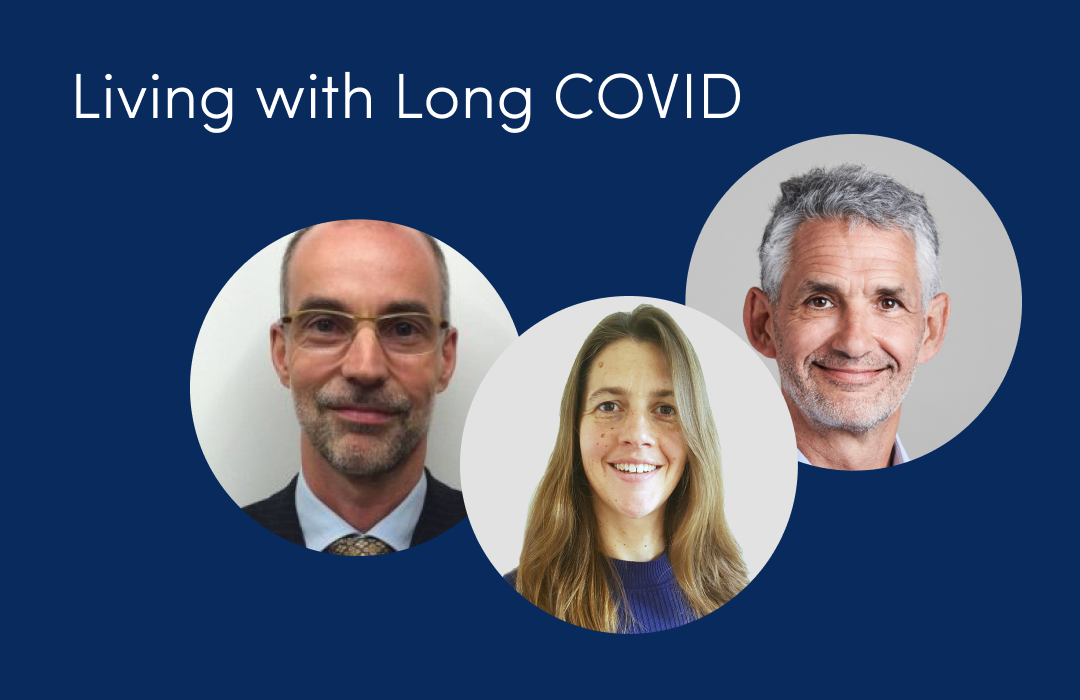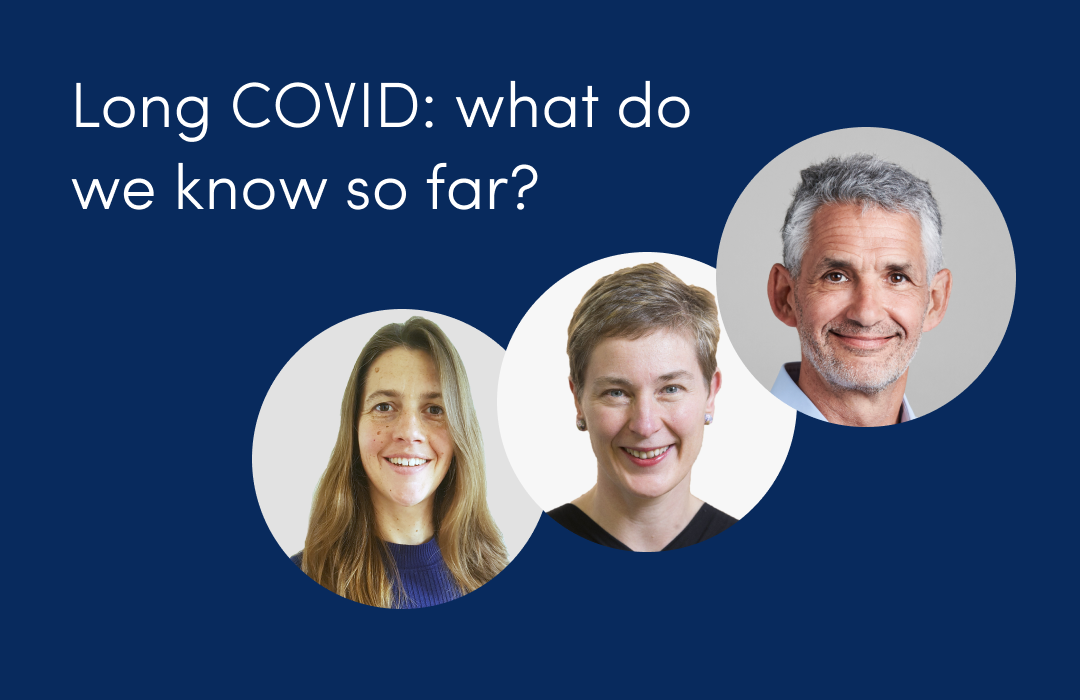
COVID déjà vu as cases now falling for second time this year
February 17, 2022

This article has not been updated recently
LONDON, UK. According to ZOE COVID Study incidence figures, in total there are currently 181,424 new daily symptomatic cases of COVID in the UK on average, based on PCR and LF test data from up to three days ago [*]. A decrease of 11% from 203,973 reported last week (Graph 1).
The UK R value is estimated to be around 0.9 and regional R values are; England, 0.9, Wales, 1.0, Scotland, 1.1. (Table 1).
In terms of prevalence, on average 1 in 25 people in the UK currently have symptomatic COVID. In the regions, England, 1 in 24. Wales, 1 in 34. Scotland, 1 in 31. (Table 1).
New daily symptomatic cases are now falling in all regions of England (Graph 2), but increasing in Scotland and Northern Ireland (Graph 3)
Cases are now slowing in all age groups, especially in the 0-17 age group and the 35-54 year olds (containing many parents), where cases have peaked and are declining quickly (Graph 3).
According to the data, ZOE estimates that at least 36.7% of people experiencing new “cold-like“ symptoms are likely to have symptomatic COVID-19 (Graph 5).
According to most recent ONS surveillance survey reports cases are also very high (1 in 20 in England) but are now declining and reflecting the decrease the ZOE COVID Study reported last week. (Graph 6).
According to the ZOE COVID Study, reinfection rates of confirmed cases are now estimated to currently be around 6.3% based on an average of the last two weeks.
The ZOE COVID Study incidence figures (new symptomatic cases) are based on reports from up to a million weekly contributors and the proportion of newly symptomatic users who have received positive swab tests. The latest survey figures were based on data from 47,163 recent swab tests done on symptomatic cases in the two weeks up to 14th February 2022.
Professor Tim Spector, lead scientist on the ZOE COVID Study app, comments on the latest data:
“It feels like COVID Déjà Vu as the situation looks much like it did just a month ago. We hope that cases continue to fall consistently so that case numbers finally return to an acceptable level. Until then, cases remain historically high with one in 25 people currently having COVID and numbers still increasing in Scotland and Northern Ireland. It will be interesting to see what the Prime Minister’s “Living with COVID” announcement will include. Whilst I agree we have to learn to live with COVID, and hospital and ICU admissions are very low, the ZOE data doesn’t yet suggest that we’ve entered a stable or endemic phase. It’s very likely that there are more variants on the horizon with unpredictable properties. When the mandates are lifted, to protect others, my advice is we should all still be self isolating for five days from first new symptoms, when infectiousness is high, and tell others to do the same. For individual protection, wearing a high quality FFP2 or FFP3 mask is your best way to reduce risk.”.”
Graph 1. The ZOE COVID Study UK incidence figures total number of daily new cases over time.

Graph 2. Incidence rate by region

Graph 3. Incidence rate in England, Wales, Scotland and Northern Ireland

Graph 4. Incidence by age group

Graph 5. Comparison of new onset of cold-like illness and new onset of COVID with respiratory symptoms

Graph 6. Comparison of reported case prevalence across different surveillance studies in England: ONS, ZOE COVID Study, REACT

Table 1. Incidence (daily new symptomatic cases)[*], R values and prevalence regional breakdown table

Map of UK prevalence figures












.png)


.jpg)














.png)







%202.png)
.png)


















.png)




%20(1).png)


